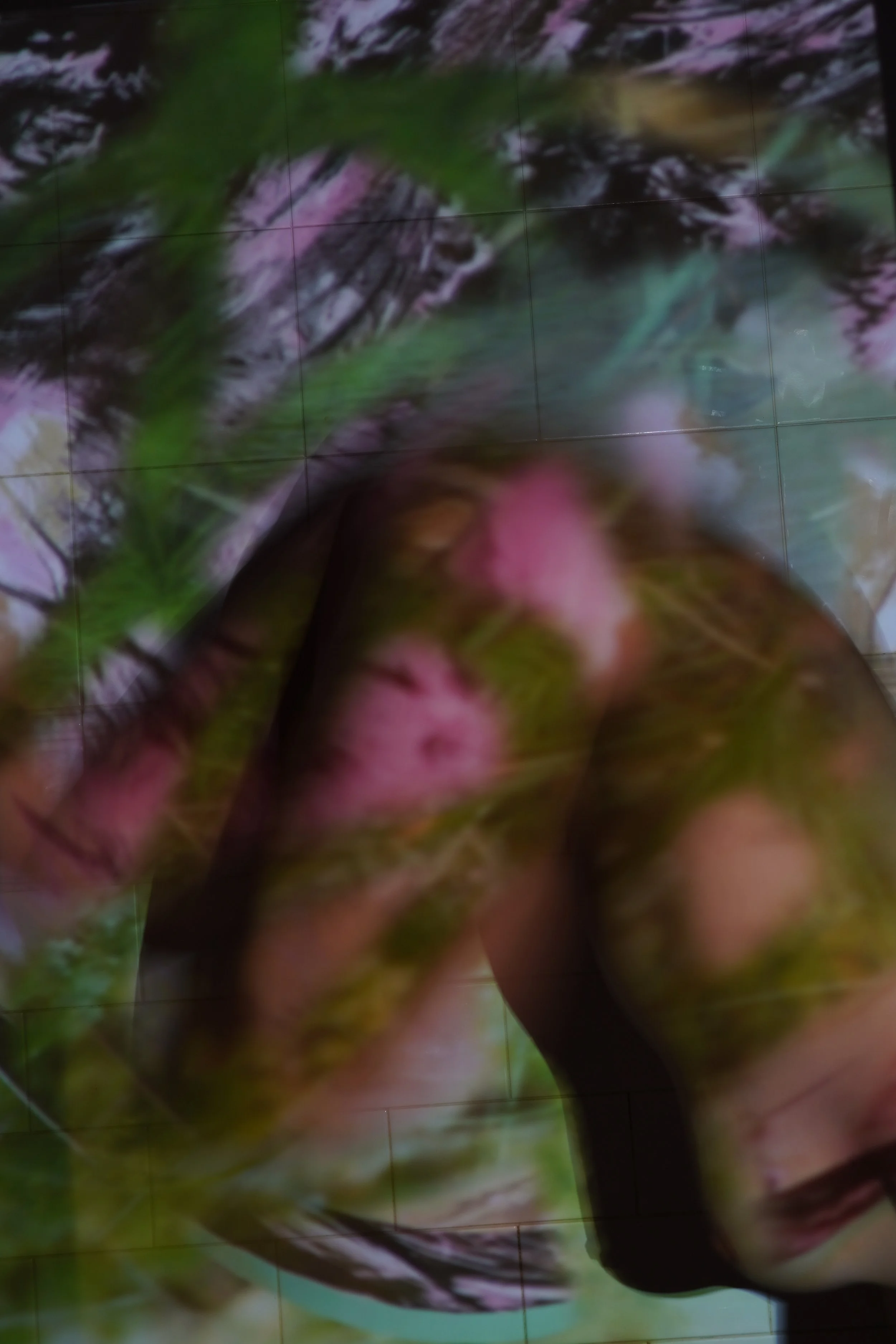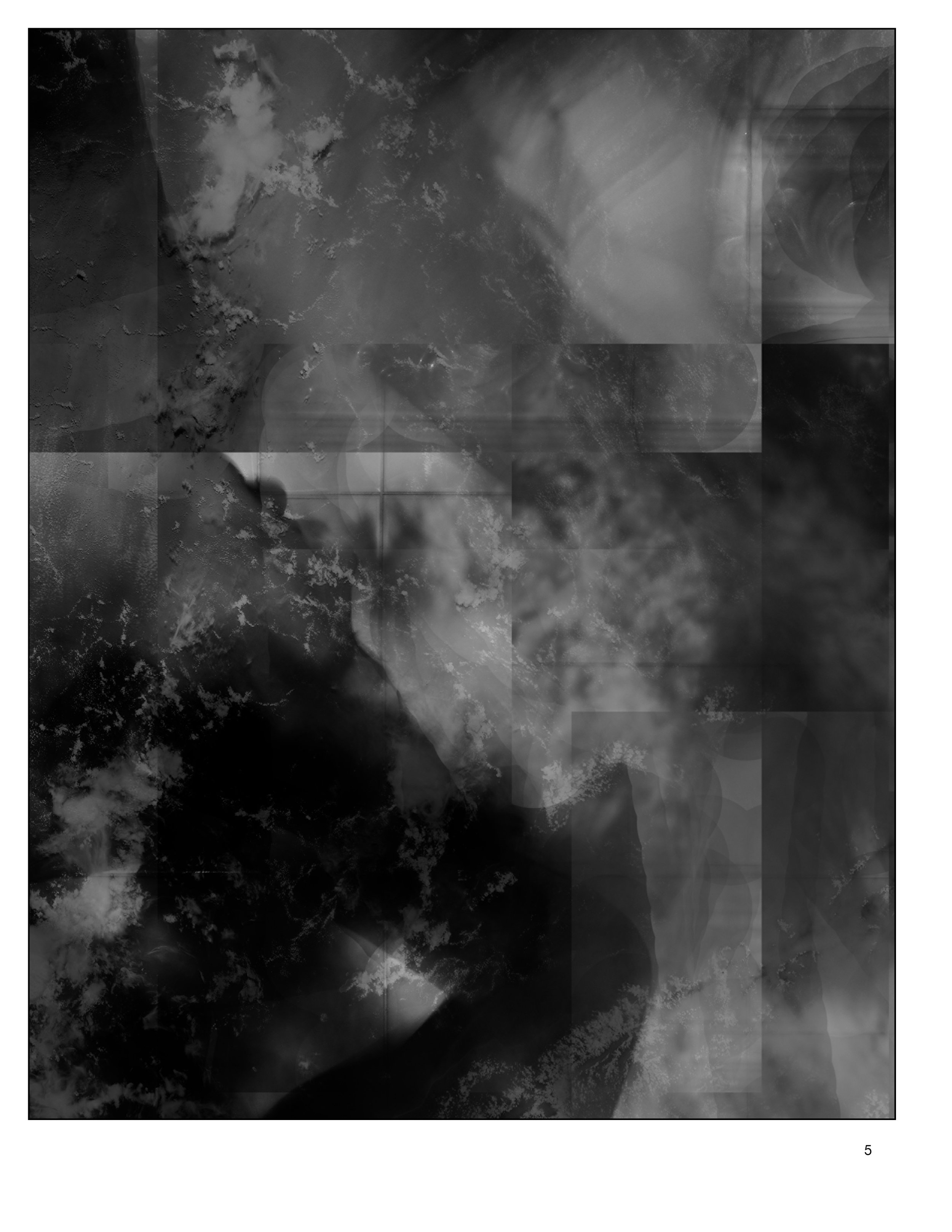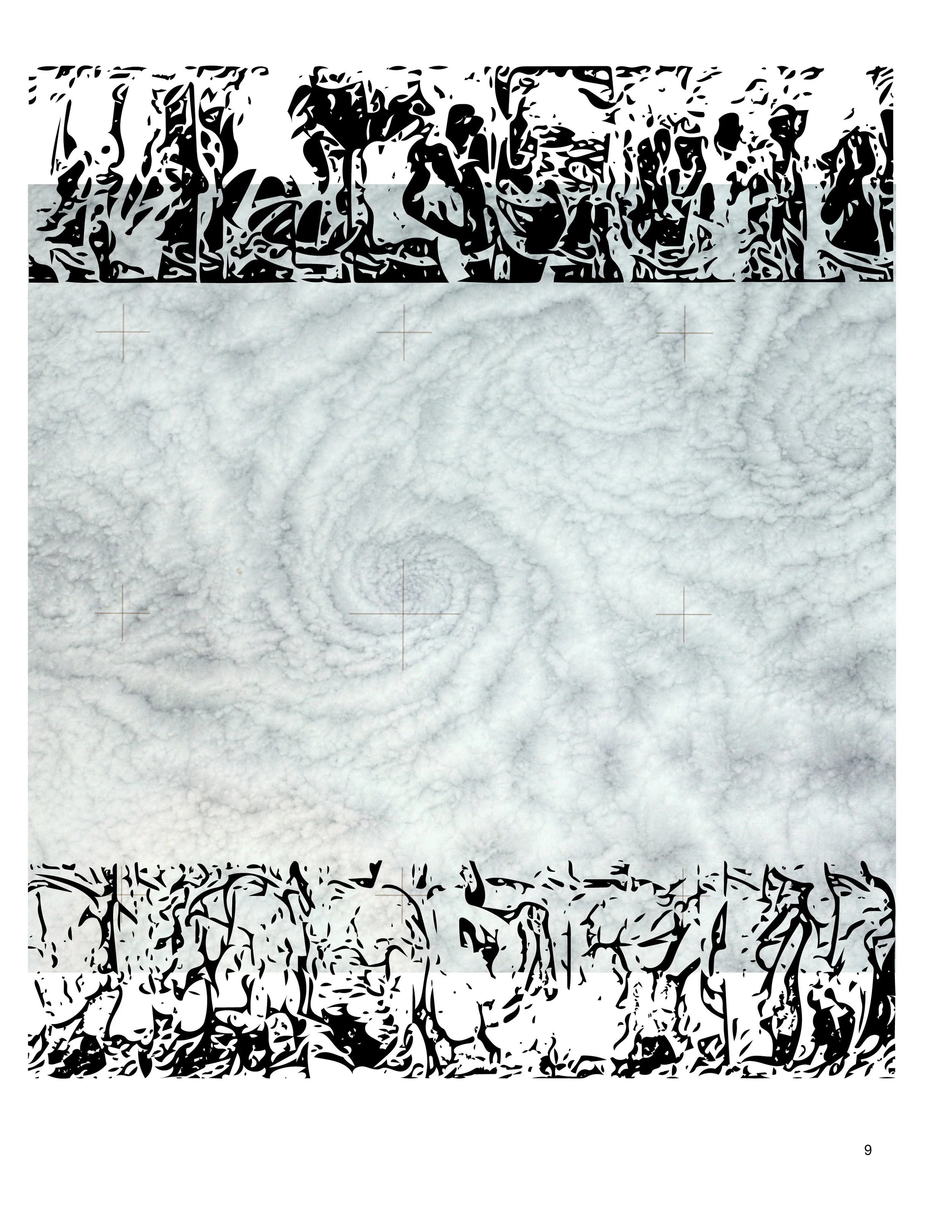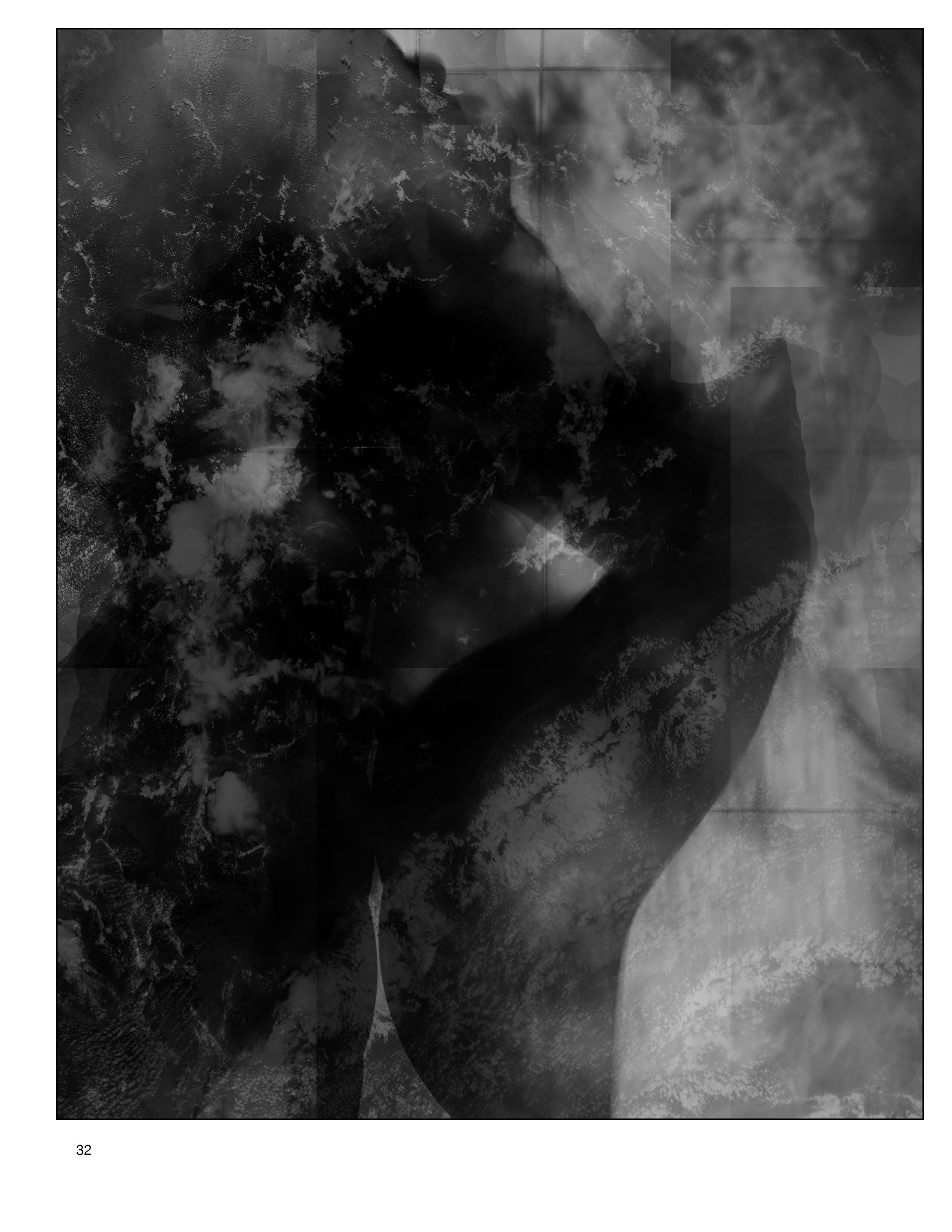
Be Earth Skin
Earthgirl: A Reflection on Self, Consciousness, and Simulacra




































The journey of creating this book began with an exploration of the concept of self. I sought to understand what "self" truly meant and ultimately concluded that it is the projected reality of being conscious. The self acts as the translator of conscious experience into reality, shaped by perception, which is, in turn, influenced by the mind and body’s experiences.
From there, I began contemplating the nature of consciousness. I believe consciousness is the awareness of existence, though I am uncertain whether it necessitates self-awareness. I do not think the self is essential for experiencing existence. What intrigued me most, however, was the role of the body in shaping reality and how it serves as a measure of experience.
I delved deeper into the connection between consciousness and the body, considering it on a microscopic level. Each cell within our bodies possesses its own intelligence and perception, responding to its environment within the limits of its faculties. Expanding outward, I exist as a human, interacting with other humans, forming communities—each with its own collective consciousness. On an even grander scale, there is Earth itself. I began questioning the relationship between my consciousness, the consciousness of the planet, and the interwoven nature of existence.
Through this lens, I came to see consciousness as a layered experience rather than a singular entity. Each action, each thought, each interaction echoes across these layers, binding the self to the Earth, both metaphorically and physically. If all is connected, then any harm done to the Earth is simultaneously harm done to myself.
Over the past year, I have been exploring the idea of existing without self—experiencing reality without the projected layers of understanding that filter perception. This notion resonates with the famous phrase: be here now.
A significant moment in this exploration occurred when I took a performance class last semester. During one particular experience, I felt like a pure vessel of existence. The performance involved repetitive bodily movements, allowing my mind to settle and simply exist. In those moments, I felt wholly present as a breathing, living being—part of the planet rather than separate from it. For months, I sought to replicate this state but struggled to do so.
In September, I deepened my yoga practice and embarked on yoga teacher training. Through breathwork and meditation, I rediscovered that same state of pure presence. These practices provided glimpses of a perception beyond ego—beyond self—offering an experience of simply being.
This led me to consider what it would mean to perceive even less—to strip away layers of projected understanding and experience existence at its rawest form. Under the framework of simulacra, I began questioning how many of my behaviors are merely simulations of learned human interactions, shaped by societal constructs. If language itself is a form of simulacra—an attempt to describe and communicate experience—then every effort to express perception is an act of simulation.
Some philosophers argue that the source of simulacra is nature itself, a concept that struck me deeply. Much of what we consider "natural" has been constructed by human intervention. Landscapes we deem untouched are often meticulously designed to fit an aesthetic ideal. In America especially, land is shaped by the legacy of colonialism, leaving an inescapable imprint on our perception of nature. If my body is tied to the land, then a colonized landscape suggests a colonized self. The body and land are not separate—they are different manifestations of the same existence.
As our land continues to be exploited and degraded, we, in turn, degrade ourselves. The trauma of living in polluted, damaged environments is undeniable. Climate change is not an abstract concept; it is an immediate reality with direct consequences on our well-being. The destruction of the Earth mirrors the self-destructive tendencies of our species, and yet we continue down this path.
This project is an exploration of the inseparability of people and the land. The book itself is a collection of observational images of myself and NASA images of Earth. The images that I chose from NASA are ones of natural disasters like forest fires, storms, and desertification as well as farms to see how the land has been affected by humans. Some of the images of myself are from a photo shoot where I projected a video of a collection of nature video footage I had taken and a highly distorted video of myself overlayed. I wanted to investigate human nature to apply normalcy and meaning to things that we see so they do not disrupt our worldview. In some of the images, I used an AI image generator. I fed the AI prompts such as nature, humans, forests, etc., and chose places on my body or the land for it to generate visuals for. My reason for using AI is that AI itself is a conglomeration of human ideas and beliefs. Through the exploration of seeing what AI comes up with for these prompts, I can see what we as humans (at least those whose information is used for the AI creation) believe that nature is or what it means to be human. I think that AI is an extremely important tool that can help us deepen our understanding of ourselves and how we rationalize the world around us and our collective beliefs.
To explore these ideas artistically, I created a book. Prior to this, I produced a series of videos capturing my connection to the Earth, my consciousness, and my identity. In these videos, I used my body as a landscape, visually blending myself with nature. I then manipulated these images and fed them into AI-generated tools, curious to see how artificial intelligence would interpret and reconstruct these ideas. The AI-generated images layered my projections with elements of nature, merging the organic and the artificial—further emphasizing the theme of simulacra.
One striking image in the book features the last remaining virgin forests in the U.S., overlaid with projections of my nature-inspired videos. I guided the AI to generate trees and foliage, shaping the final composition much like humans shape the land through farming, mining, and urbanization. Just as we dictate the physical landscape, we dictate the narratives of our own existence.
Through this project, I want to call attention to how we engage with natural spaces, recognizing that most are not truly "natural" but are human-made simulacra. If we are not careful, all aspects of our existence—our land, our bodies, our consciousness—may become devoid of authentic meaning. Without a true source, all that remains is an imitation of an imitation, an endless loop of constructed reality.
This book is a culmination of my reflections on self, consciousness, and the inextricable bond between the human experience and the Earth. It is a meditation on existence, perception, and the urgent need to reevaluate our relationship with the world around us.